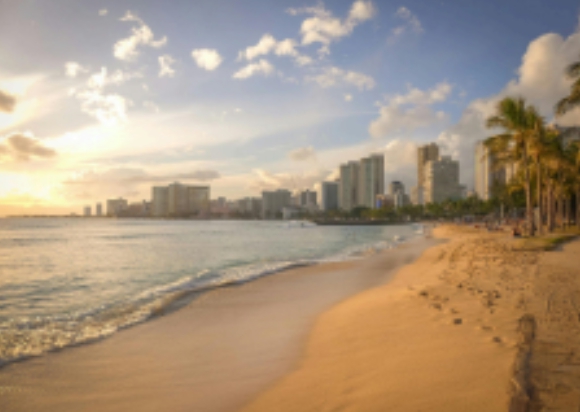
Hawaii’s swift response to the tsunami warning highlights the value of preparedness and public awareness. While this event caused no significant harm, it underscores the islands’ ongoing vulnerability to Pacific seismic threats. – Editor’s Note
On July 29, 2025, Hawaii was placed under a tsunami warning after a massive 8.8-magnitude earthquake struck off Russia’s Kamchatka Peninsula. Sirens, evacuation orders, and frantic movement gripped the islands—but the feared disaster never fully arrived.
The earthquake, one of the strongest in recent decades, triggered Pacific-wide tsunami alerts, including for the entire Hawaiian chain. Emergency sirens sounded and mobile alerts urged residents and tourists to move to higher ground.

In Honolulu, evacuation orders led to crowded shelters and gridlocked roads. Videos showed cruise ship passengers running to board the Pride of America before it quickly departed port . A British family visiting Maui reported being locked down in their hotel until the warning passed.
Despite fears of major destruction, Hawaii experienced only minor wave activity. Data from Midway Atoll recorded swells up to six feet , but most islands saw smaller surges and limited flooding. Officials confirmed there were no deaths, serious injuries, or significant infrastructure damage.
According to the Pacific Tsunami Warning Center, the earthquake’s depth around 18 km and the way the seafloor shifted helped prevent a megatsunami . State officials praised the speed of the evacuation process, crediting years of drills and public awareness campaigns.
The U.S. Coast Guard positioned vessels and helicopters in case of emergency rescues, while the Hawaii Emergency Management Agency kept ports and airports ready to reopen quickly once the threat subsided.

Today, Hawaii runs statewide drills, maintains a network of tsunami sirens, and requires evacuation maps in public spaces. “This week’s scare shows the system works, but it also reminds us not to be complacent,” said Chip McCreery, a former PTWC director.
The July 2025 tsunami scare left Hawaii shaken but largely unharmed. Experts stress that while this event ended without tragedy, the islands remain highly vulnerable to seismic activity across the Pacific. For residents and tourists alike, the lesson is clear: when the sirens sound, quick action can mean the difference between safety and disaster.
<Student Reporter Chloe Im> La Canada High School, cim29@mylcusd.net







